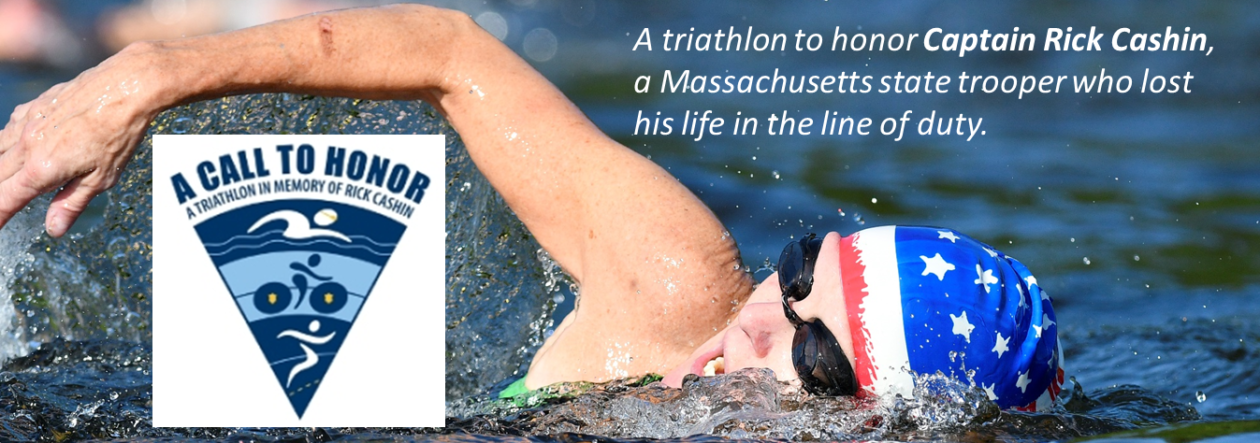1. Am I the only person who feels like I don’t know what I’m doing?NO! At sprint and short distance triathlons, a huge number of athletes are doing it for the first time and all of them are nervous about competing in their first triathlon. Don’t worry – have fun!
2. Will I be able to change after the swim?Before the bike and run portions, you will be able to ADD clothing that is placed by your bike in the transition area. A bathing suit is your base layer and you wear it for the duration of the race. You don’t wear underwear. Your base layer can also be tri shorts, which are shorts you can swim, bike, and run in. The seat pads aren’t quite as thick as cycling shorts. For female athletes, sometimes the women’s swim suit offers very little in the way of chest support. As a solution, some people wear a 2-piece swimsuit with support or wear a tank top that has a built-in bra over your swimsuit during the bike and run.
3. What should I wear?You will swim in the outfit you plan to wear for the duration of the race. Special shorts are made that are ideal for both swimming (tri shorts that fit tight to the skin) and biking (lightly padded for comfort). You can also buy a “running singlet” which is made of a tight fitting material that is easy to swim in and dries quickly. If you prefer, you can put shorts or a shirt on over your swim clothes when you get to the transition area (STAY AWAY FROM COTTON – it dries slowly and chafes!). We do not recommend trying to pull lycra-type shorts and/or shirts over a wet body. The main thing to remember is the more drying off and getting dressed you do, the slower your transition (and overall race) time. Most bike shops are stocked with gear for triathlons, although you may need to buy your suit elsewhere.
4. What should I have in the transition area?Your bike, of course! You will want your running shoes and, if you have them, biking shoes. You’ll also need your bike helmet, your run number, water or sports drink bottle for your bike (install a bottle holder or bring a camelback), an energy bar or gel, and pants or a jacket in case it’s cool outside. Bring a towel for a quick dry off after the swim and to clean the sand off your feet before you put on your shoes. You are not allowed to have outside help during the race, so make sure EVERYTHING you need to race is in the transition area before the race starts. You will rack your bike based on your race number and will put your bike back in that same spot when you return for the run portion. No one can take your spot – you will have your own rack position in the Transition Area.
5. How much time will I need to train for a triathlon?The amount of time necessary to train for a triathlon is dependent on your goals. The important question to ask is “do I just want to finish or do I want to be competitive?” Previous experience and training in the 3 disciplines will also make a difference. It is important to train your weakness, in an attempt to be proficient at swim, bike, run, and transitions.
6. What should I eat or drink for triathlons?Nutrition for triathlons will depend on the distance of your race. For Sprint and Olympic distance races, a sports drink and gel or nutrition bar will suffice. Be careful when eating or drinking on your bike.Caloric needs vary based on your body weight and level of exertion. Average need is 200 – 500 calories per hour. Electrolyte replacement is important and consuming plenty of water is vital. Experiment during your training workouts and find what works best for you.
7. When should I pump up my tires for the last time before the race?Tires can maintain their pressure for several weeks, however, it’s best to pump them as close to race day as possible.
8. Are there courtesies to observe during the race?The easiest rule to remember is Give Faster Competitors Enough Room To Pass You. This applies in the water, on the bike, and on the run. In most cases, passing will be on the left. As a courtesy, shout “On your left” when biking or running past another competitor. Keep your transition area clean. Do not encroach into your neighbor’s space. Last but not least, watch where you spit. 9. How warm is the water?Stiles Pond is typically in the low to mid 70s in early September. People swim in the pond all summer, both for training and recreationally.
|
More questions? Email us at: [email protected]
